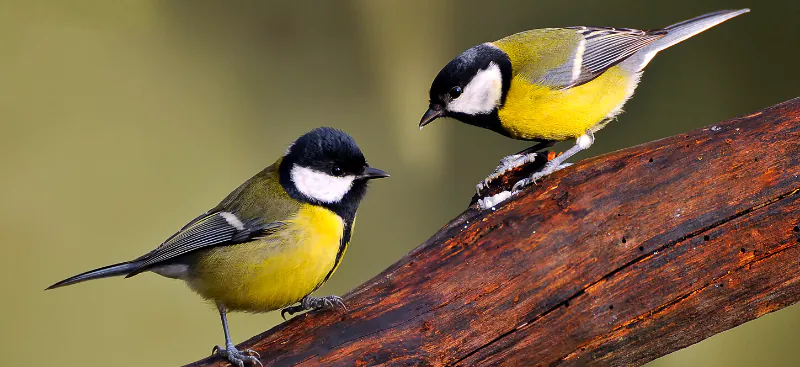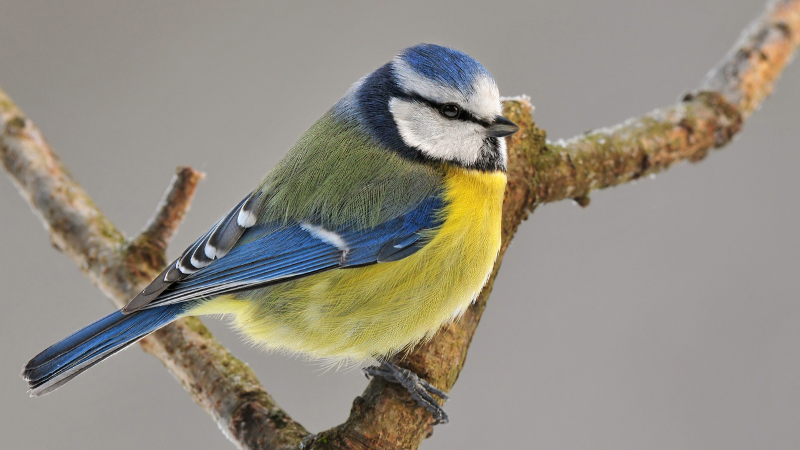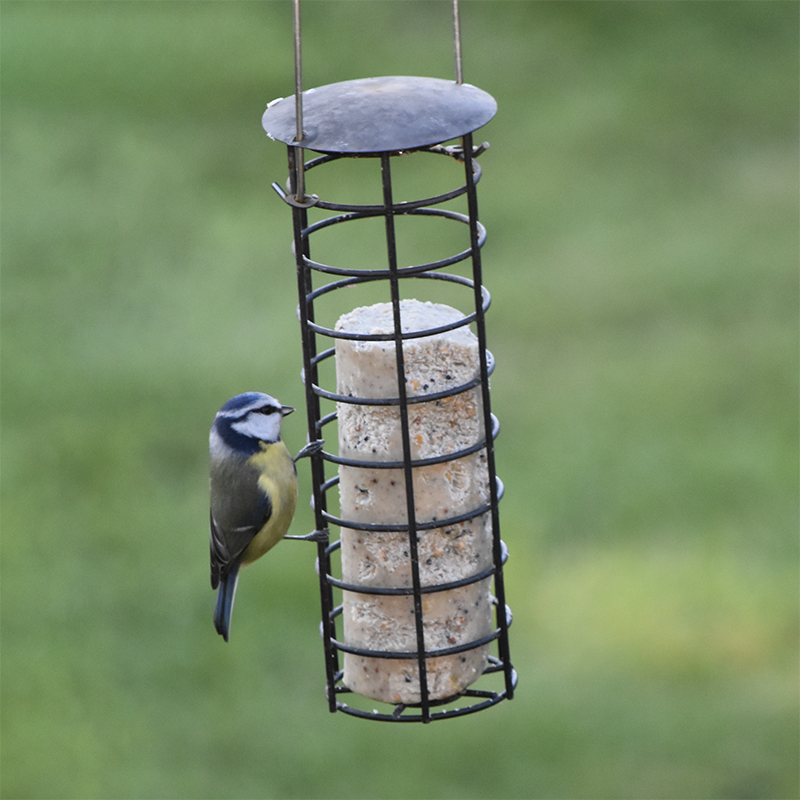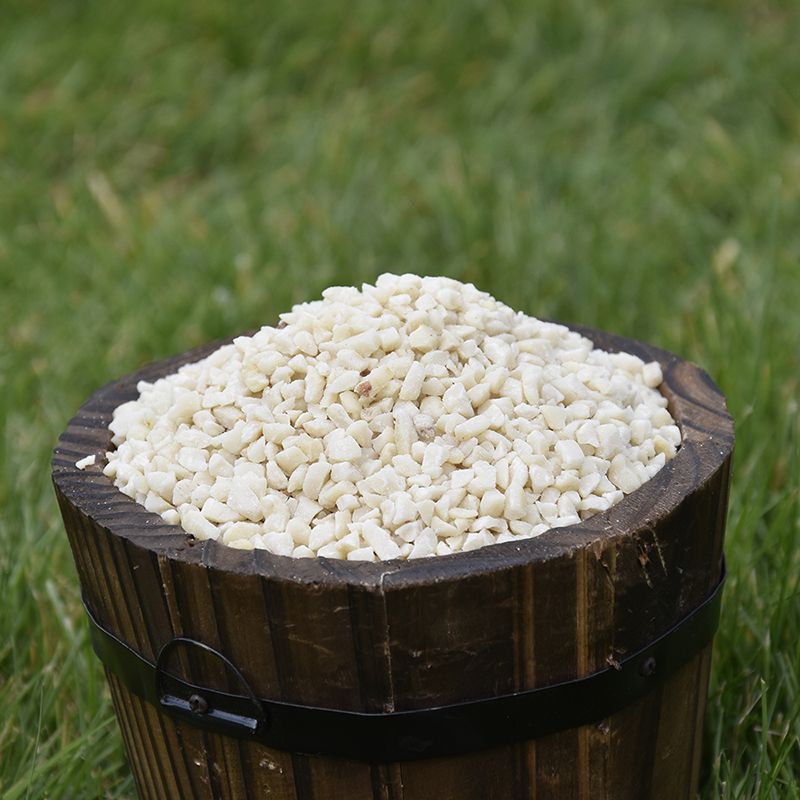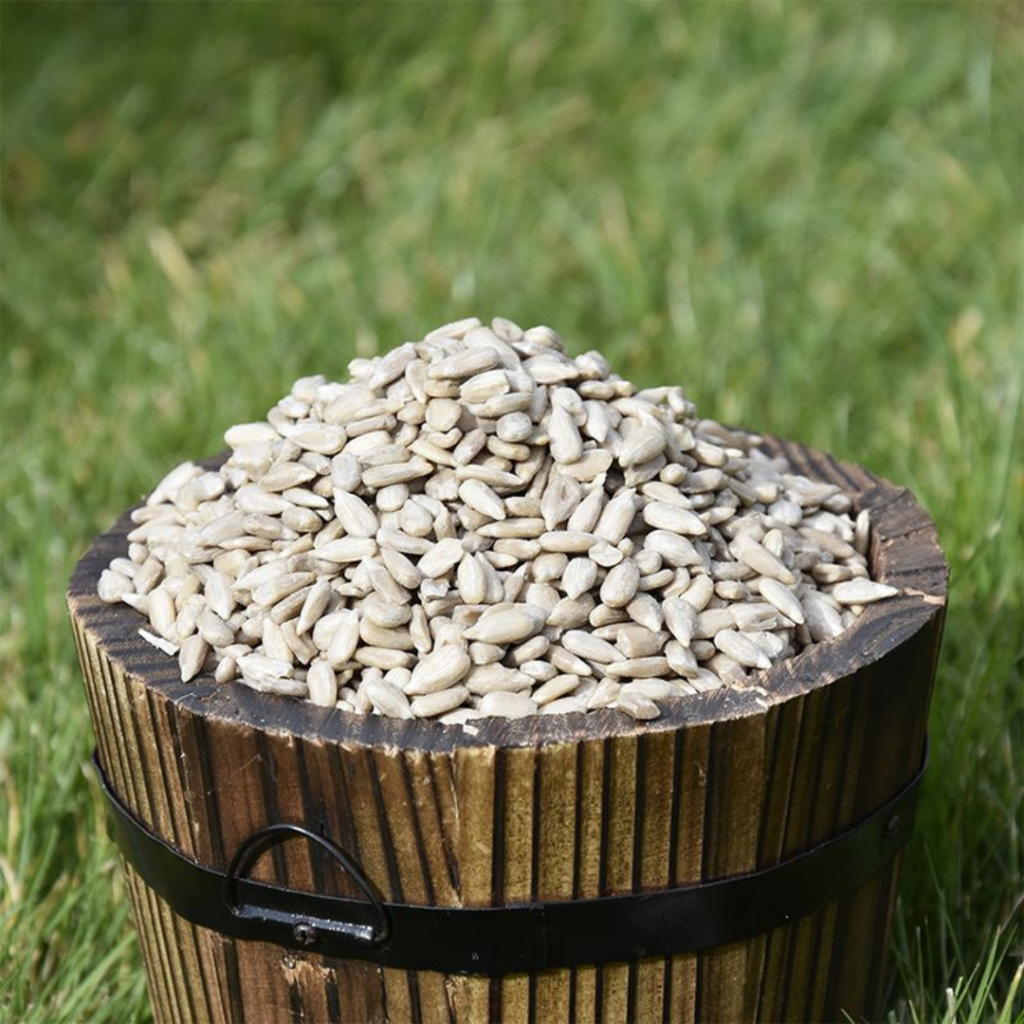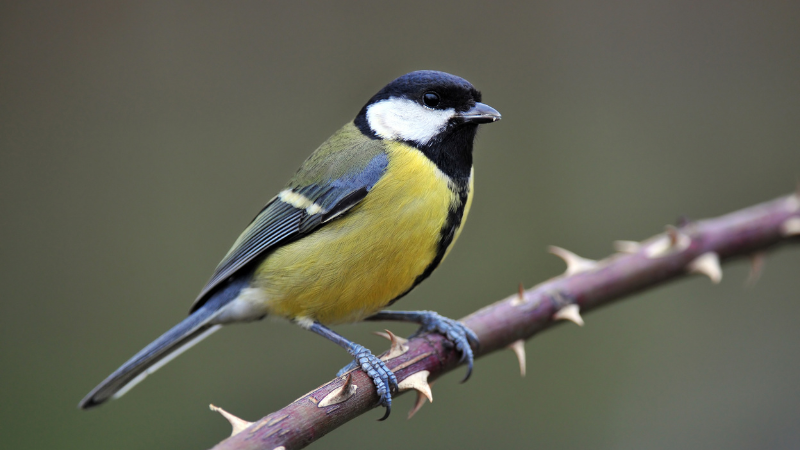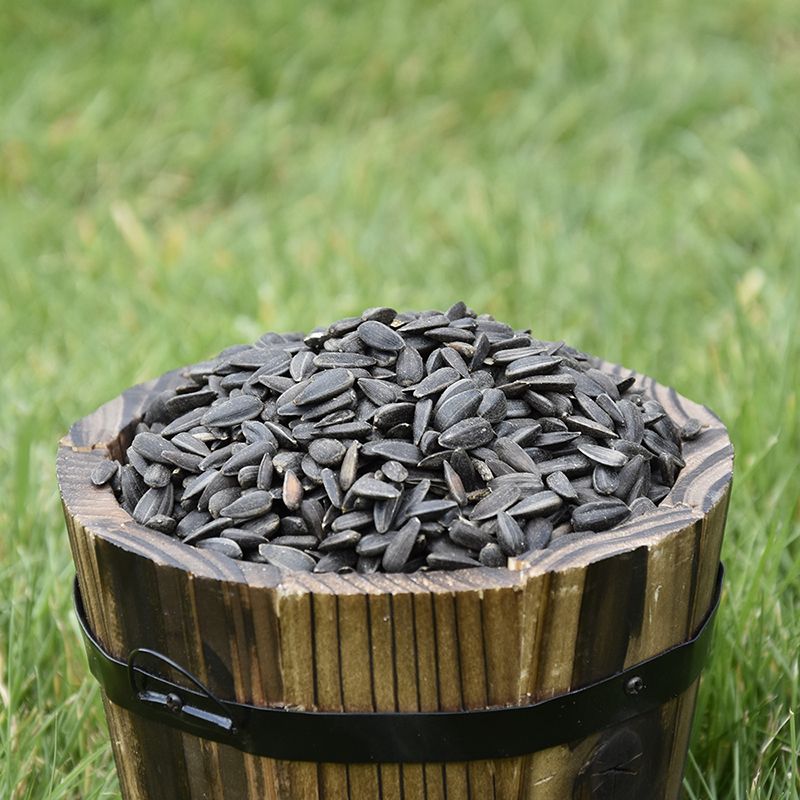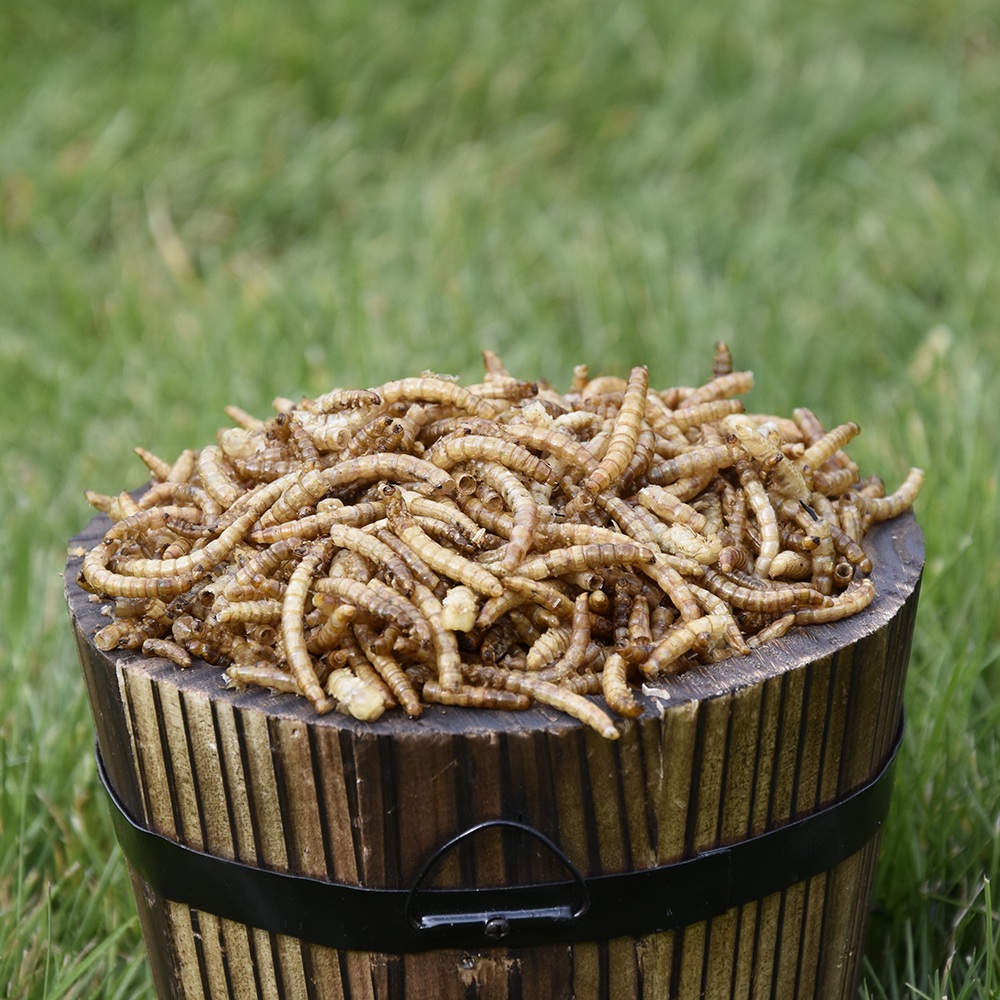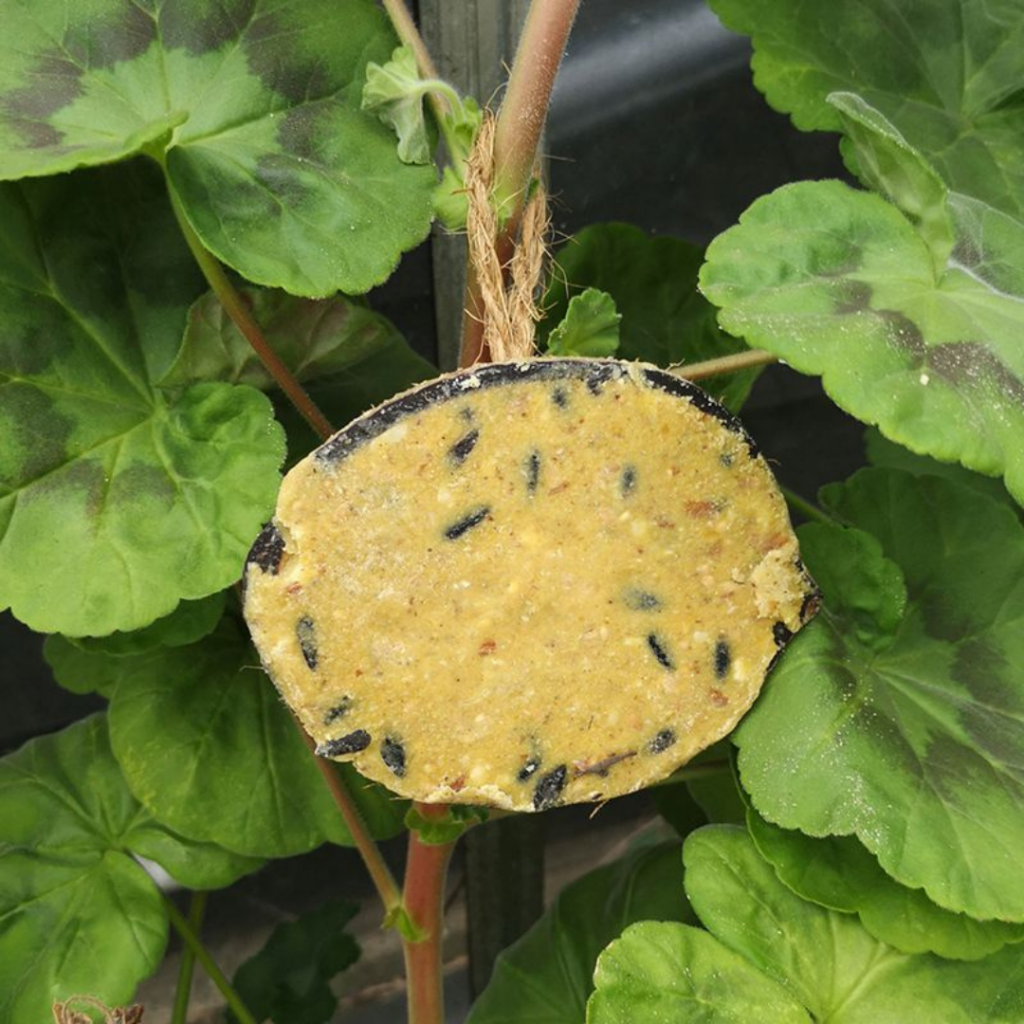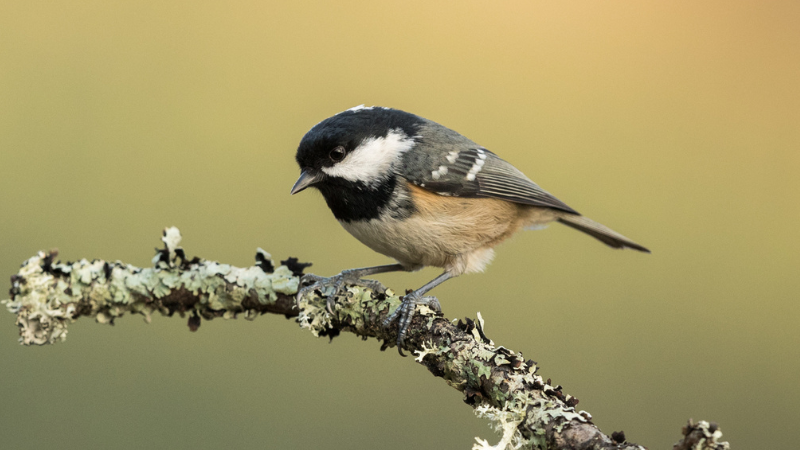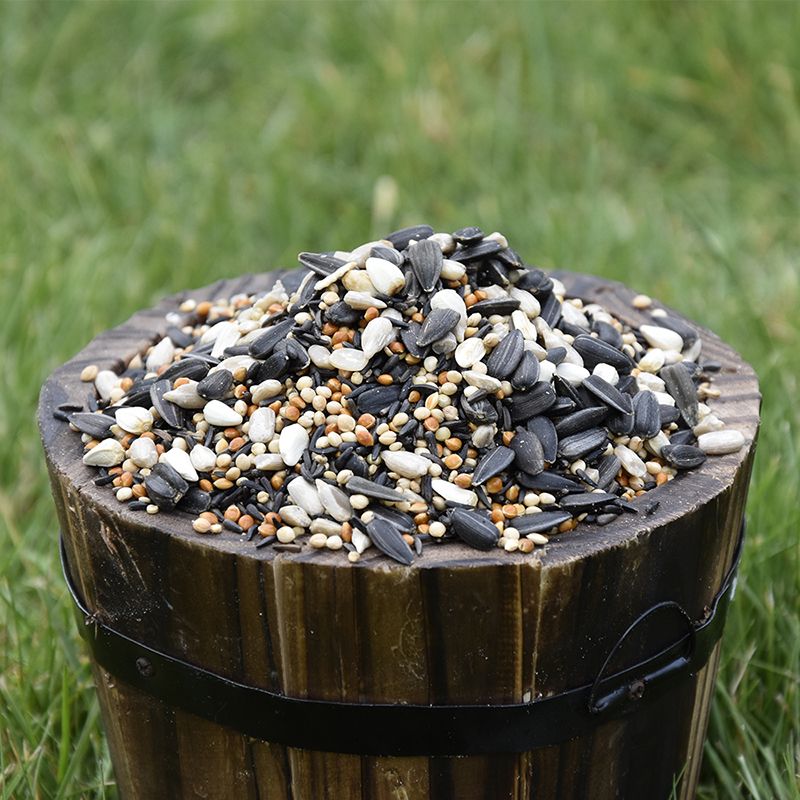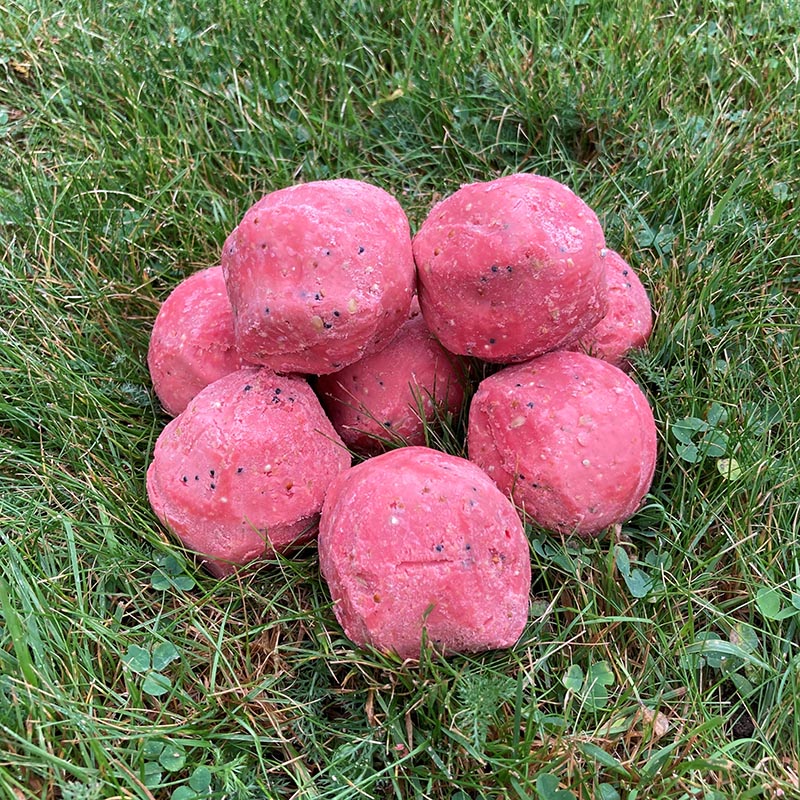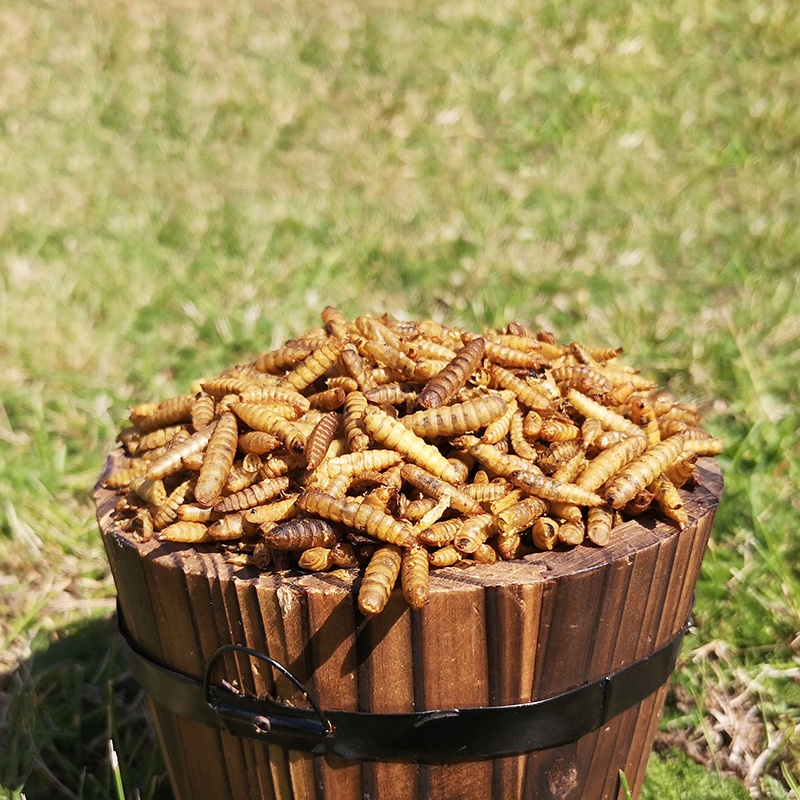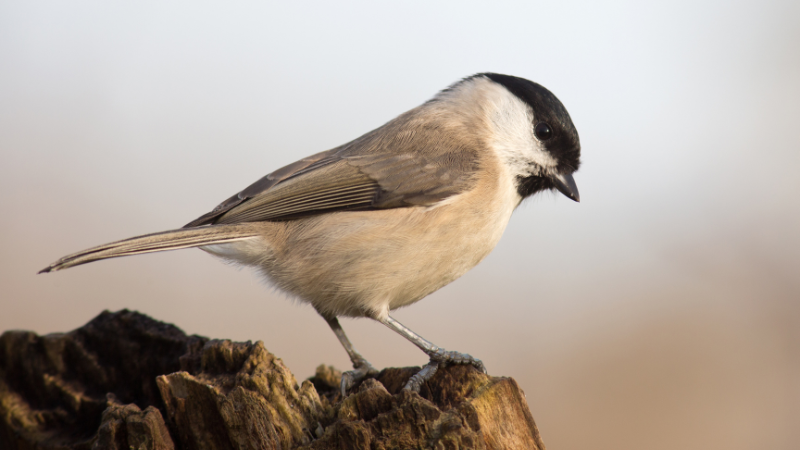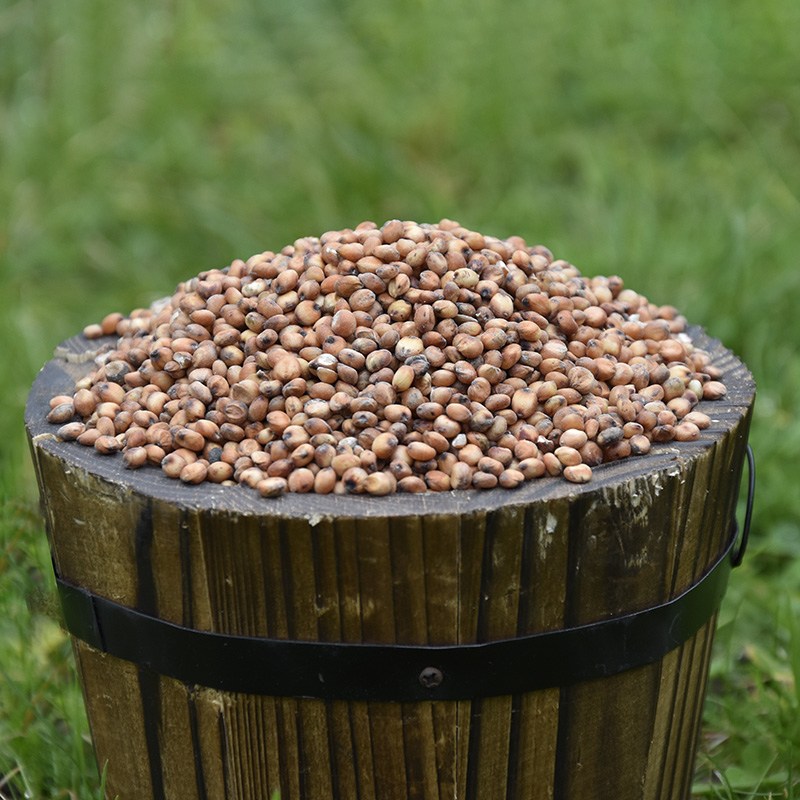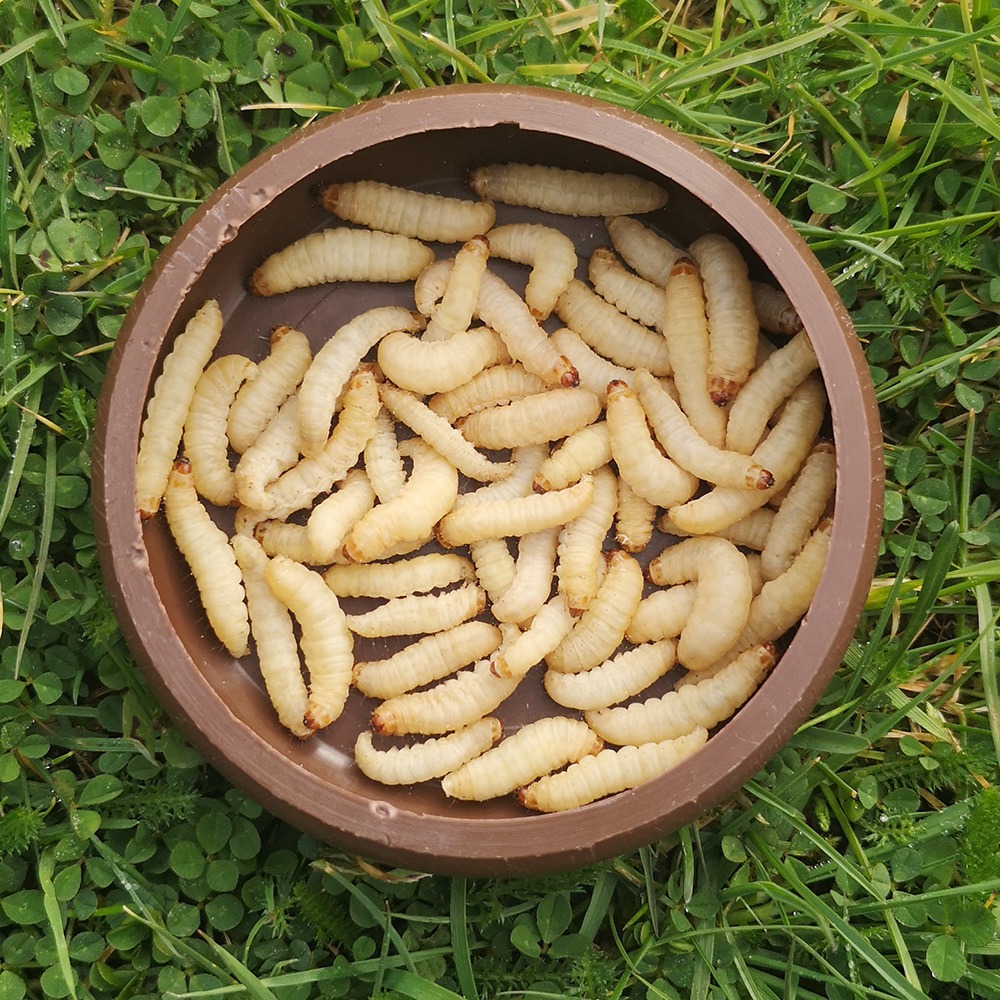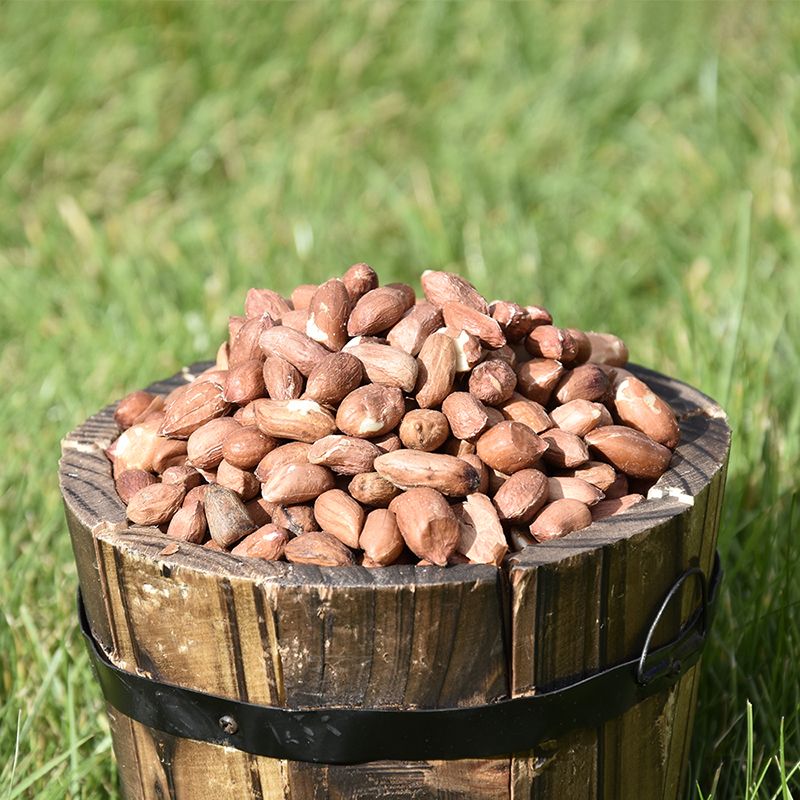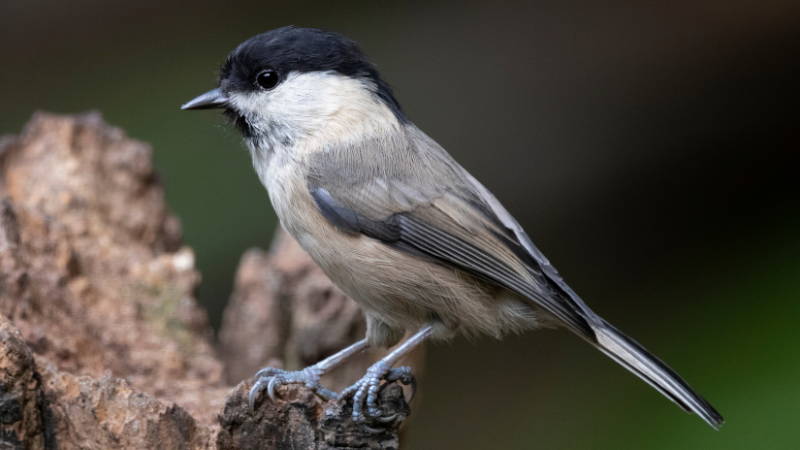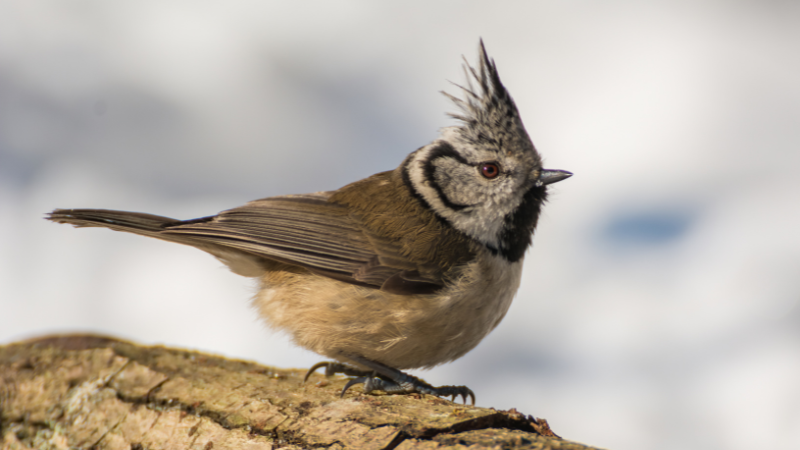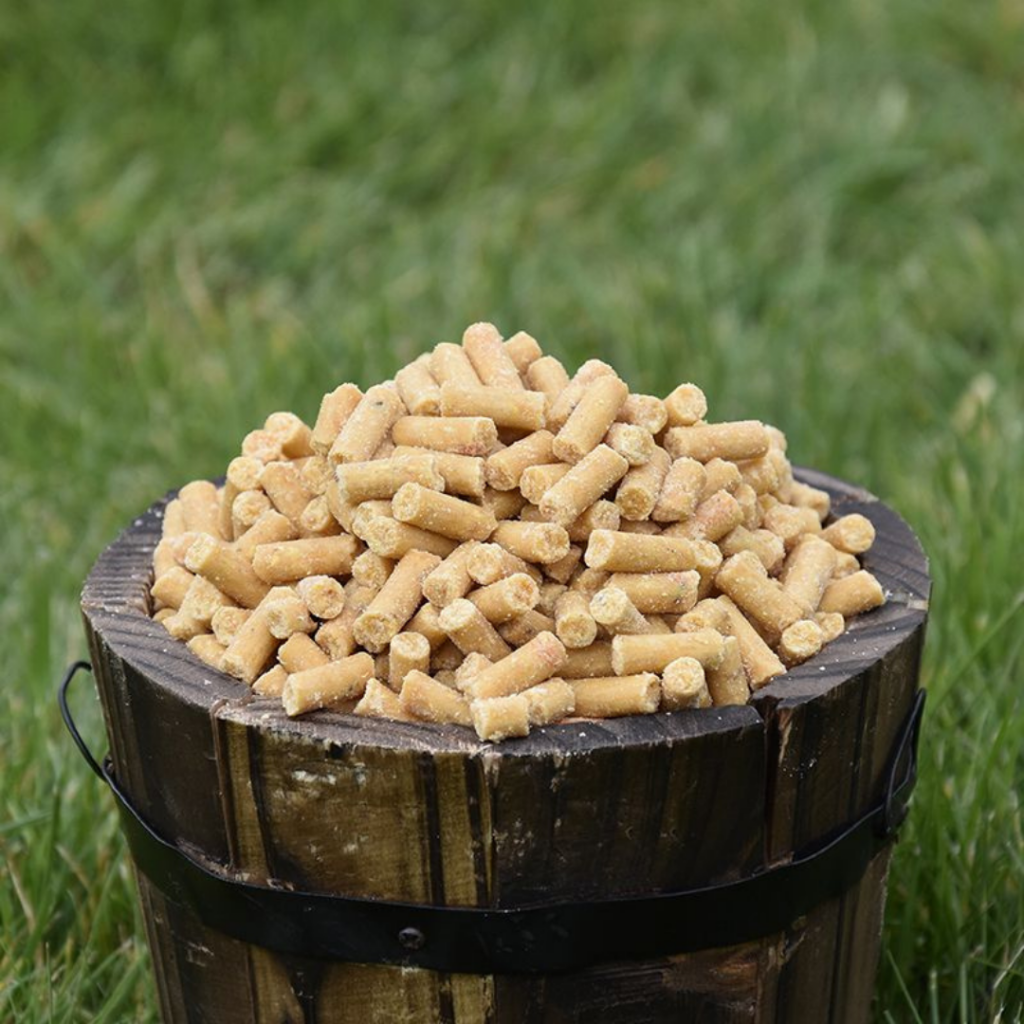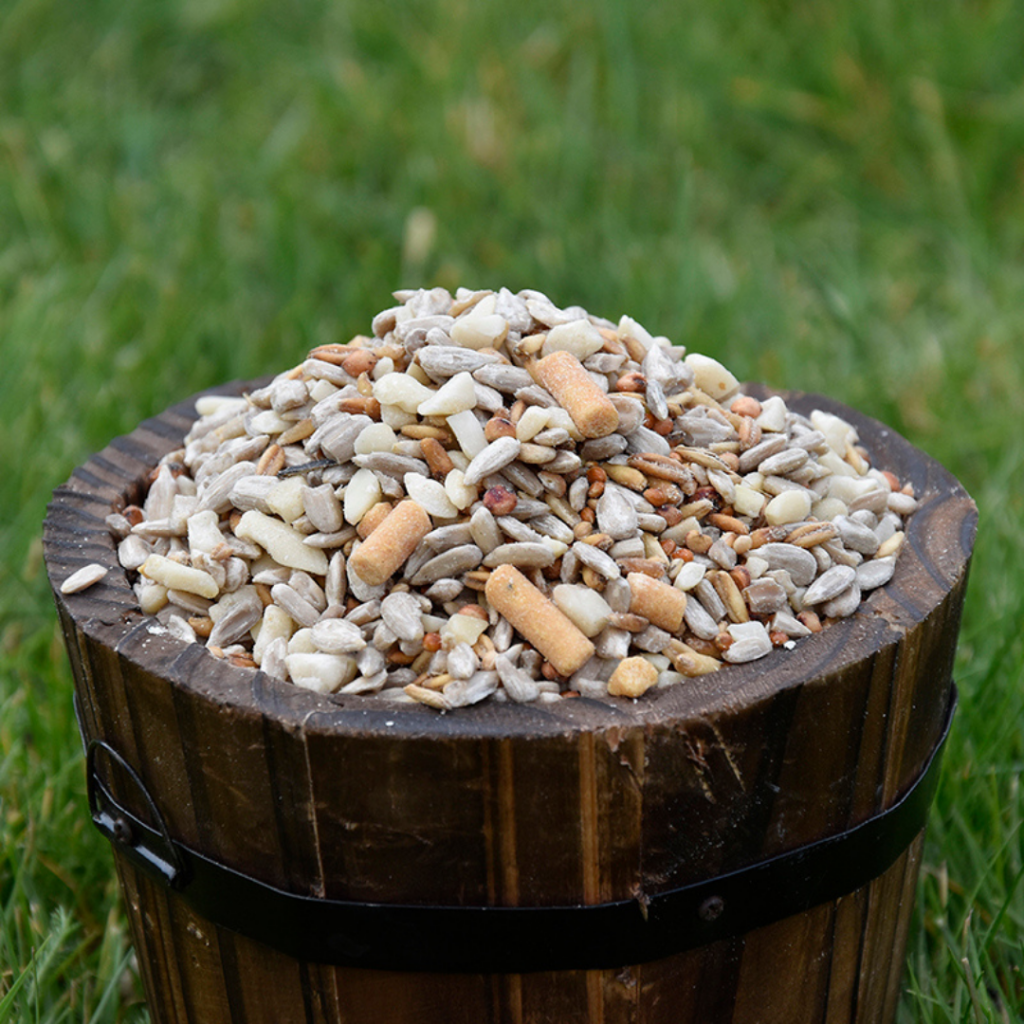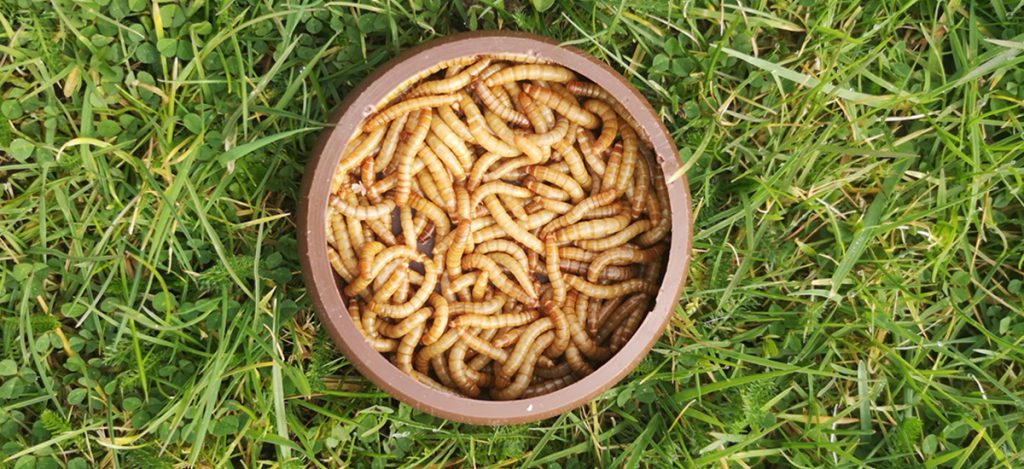The Ultimate Bird Guide: British Tit Family
Tits can bring an abundance of entertainment to the garden. With each species having its own colourful plumage and personality traits, they are certainly the bird group you'll want to attract to your outdoor space. The UK is home to 6 breeding species of Tits, with many found across the country and a few never flying beyond certain areas. Here is your complete bird guide to the British Tit family, where you will learn their individual traits as well as eating and nesting habits to attract them to your gardens.
Blue Tit
Starting with the most easily recognisable member of the family, the Blue Tit. Its vibrant blue wings, tail, and crown, with yellow underparts and greenback, makes this bird easy to spot in any outdoor space. Blue Tits are the socialite in the Tit family and tend to flock in groups as they search for food to feed their large families. With 3,300,000 UK breeding pairs, the Blue Tit is one of the most common UK garden birds you're likely to spot on your feeders.
When it comes to eating, Blue Tits are particularly fond of Sunflower Hearts, Peanut Granules, and Suet Treats.
They prefer nest boxes with a 26mm entrance hole and positioned 6-7 feet off the ground. Blue Tits can raise a brood of 10-12 chicks for each breeding season. So you will certainly have many birds to keep you company if Blue Tits nest in your garden. Both male and female Blue Tits will feed their young. The eggs are incubated for 12-16 days, and the chicks tend to fledge after 15-23 days. Click here to view nest boxes for Blue Tits.
Great Tit
The Great Tit is the largest of the UK Tit family. It has a similar plumage to Blue Tits but a more yellow tone. It's still easy to tell them apart as, unlike its blue cousin, Great Tits have a black cap, black throat, and black stripe down their chest to their tail. Thanks to its larger size, Great Tits are the toughest out of the British Tit family and can even be a bit of a bully at bird feeders.
Great Tits are easy to please when it comes to food as they are not particularly fussy. The food we see them go for most are Black Sunflower Hearts, Dried Mealworms, and Suet Treats.
If you want Great Tits to nest in your garden, a nest box with a 32mm entrance will be a great way to entice them in. The female usually lays around 5-12 eggs, and both parents raise the chicks. It's common for Great Tits to raise two broods in a year. Click here to view nest boxes for Great Tits.
Fun Fact
Did you know Longed-Tailed Tits and Bearded Tits are not members of the British Tit family?
The Bearded Tit was removed from the Tit group and placed in its own family, 'Panuridae.'
The Long-Tailed Tit belongs to the family Aegithalidae, which has 11 species of birds.
Coal Tit
Coal Tits are the smallest member of the British Tit Family and are harder to distinguish from other birds. They are the relative with the least colourful plumage with their grey back, black cap, and white patch at the back of their neck. Even though Coal Tits favour the coniferous woodland environment, they are often spotted in gardens and regularly seen on feeders. In winter, Coal Tits will unite with other Tits to form flocks which roam through woodlands and gardens in search of food.
Coal Tits will often be seen carrying food away to store for later. They are particularly fond of Suet Treats, Finches and Tits Seed Mix, and Dried Calci Worms.
With their small size, Coal Tits like to nest in boxes with a 25mm size entrance hole and are placed no higher than 1 meter above the ground. After assembling their nest in the box, they will lay around 7-12 small eggs. These will then hatch after two weeks, and both adults will feed the young. They will be ready to fledge after another two weeks. Click here to view nest boxes for Coal Tits.
Marsh Tit
Contrary to its name, Marsh Tits much prefer a woodland environment where it will forage the ground for seeds and insects. The Marsh Tit looks very similar to it's cousin, the Willow Tit, with its black cap and chin, grey-white cheeks, and grey-brown back. They look so similar that even the most knowledgeable Ornithologists didn't realise they were two separate species until 1897. The best way to tell them apart is by looking at their breasts, as Marsh Tit has a whiter one than Willow Tits.
It may be harder to see this bird in your garden as they are quite a shy species and usually only come to bird feeders in winter when natural food sources are low. You can entice Marsh Tits into your garden with the food they'd typically find in the wild, such as Red Dari Seeds, Peanuts, and Live Wax Worms.
A nest box with a 25mm entrance hole will be the best tool to attract Marsh Tits to nest in your garden. Place it 3-5 meters above the ground in a tree to mimic a woodland environment. Come mid-April, Marsh Tit will begin breeding and produce 7-9 eggs. The incubation period for eggs will last around 13-17 days. Once the chicks have hatched, they will fledge between 16-21 days. Click here to view nest boxes for Marsh Tits.
Willow Tit
Willow Tits are a much rarer find due to their recent population decline, which has landed this bird on the Red List. They have a very similar appearance to its cousin, the Marsh Tit, with a large black cap extending to the back of the neck, a small untidy black bib, and a buff-grey underpart. Willow Tits also have a pale panel on their wings which is not found in Marsh Tits.
The Willow Tit's diet mainly consists of insects, seeds and some berries from bird feeders during the winter when food is scarce.
The Willow Tit prefers to roam in wet woodlands, and willow carr that grows in wetlands and bogs. Getting a Willow Tit to nest in a garden can be tricky as they prefer natural habitats like tree trunks. They use their small bills to dig nest holes in decaying wood, which is unusual among the Tit family. Once the breeding season begins, the female will lay between 6-8 eggs in a clutch. The eggs are incubated by the female alone for 13-15 days. After hatching, both parents feed the chicks, and they fledge after 17-19 days.
Crested Tit
Probably the Tit you are least likely to see (which is a shame as they have a striking appearance) Crested Tits mainly live in the forests of the Highlands and are pretty tricky to spot. Though it's not as colourful as its other Tit relatives, it has an eye-catching crest and bridled face pattern. In the cold winter months, they will occasionally be seen at feeders when natural food sources are low.
Some good bird food to use at feeders for attracting Crested Tits are Live Mealworms, Insect and Mealworm Suet Pellets and Seed Feeder Mix.
Just like the Willow Tits, Crested Tits are unlikely to nest in gardens as they much prefer the comfort of a rotting dead tree. The females will build a nest and line it with moss, lichen and other soft material that they find. She will then lay 4-8 eggs, and once hatched, both parents will work together to raise the young.

